By various (Marvel)
ISBN 0-7851-0564-6
I’ve said some harsh things about the work produced by Marvel (nee Timely) Comics in its golden age incarnation, so it’s only fair that I redress the balance with this tome that collects a bunch of tales that show the company in its most flattering light during those dark times. Edited by the inestimable Tom Brevoort, it gathered and remastered a selection of material (admittedly much of which the company had already reprinted during its first large scale expansion in the late 1960s in such comic specials as Marvel Tales and Fantasy Masterpieces), that combined historical significance with the best quality work that the archives could offer.
First is Bill Everett’s Sub-Mariner from Motion Picture Funnies Weekly which actually pre-dated the company, but which was re-packaged as part of Marvel Comics #1 (1939). It is followed by the team-up/cross-over with the Human Torch from that venerable magazine’s eighth issue (June 1940) with art by Carl Burgos and Everett.
Another collaboration of both the artists and their most famous creations follows with ‘The Human Torch and the Sub-Mariner Fighting Side by Side’ (Marvel Mystery Comics #17, March 1941), and Joe Simon and Jack Kirby’s ‘Horror Plays the Scales’ stars the gruesome Red Skull in an adventure from Captain America Comics #7 (September 1941).
Simon and Kirby also produced ‘The Vision’ from Marvel Mystery Comics #25, in November of that year. A second Cap story ‘The Cobra Ring of Death’ comes courtesy of Captain America Comics # 22, drawn by Syd Shores in 1943. Sub-Mariner returns in ‘Terror of the Boiling Sea’ from Marvel Mystery Comics #42, April 1943, drawn by Carl Pfeufer, and that issue also provides ‘Quarantine for Murder’ a swashbuckling adventure of the Angel, credited to Ron Garn and Gustav “Gus†Schrotter.
Mike Sekowsky drew the Mighty Destroyer tale ‘The Beachhead Blitz’ from All-Winners Comics #12 (Spring 1944), technically perhaps the last truly Golden Age story in the book, as the Marvel Boy adventure that follows, ‘The Deadly Decision’ comes from 1951. This was produced (from Astonishing #5) by Bill Everett at the absolute top of his creative form, as he still was with the ‘Tidal Wave of Fear’ reprinted from Venus #18, February 1952.
In the mid-1950s Marvel tried to revive their ‘big three’ and super-hero comics in general, on the back of a putative Sub-Mariner television series to cash in on the success of the Superman show. This led to some impressively creative comic work, but no appreciable results.
Young Men Comics #24 (December 1953) is represented in its entirety here, and featured ‘The Return of the Human Torch’ by Russ Heath, Captain America was ‘Back From the Dead’ as was a now mysteriously communistic Red Skull, in a tale drawn by John Romita Sr., and Bill Everett returned to his greatest triumph with ‘The Sub-Mariner’. The Star-Spangled Avenger gets one more bite of the cherry in ‘Captain America Turns Traitor’ (Young Men Comics #26, March 1954) with Romita Sr. once again providing the visuals.
When this last gasp of super-heroic shenanigans failed, Marvel/Atlas once again concentrated on humour, horror, westerns, war and more or less straight adventure. From July 1955 (issue #2) comes a tale of the Black Knight, written by Stan Lee and drawn by the absolutely unparalleled Joe Maneely, and the book closes with a taste of what was soon to come with Jack Kirby’s scientific fantasy adventure ‘The Microscopic Army’, a tale of the insidious Yellow Claw (one of the comics industry’s many knock-offs of Sax Rohmer’s legendary Fu Manchu) from the third issue of his own short-lived magazine (February 1957).
Without exception these varied and excellent tales showed what the characters and creative forces at Marvel Comics could produce. Sadly much of the best comics work of the period covered here were produced in genres not considered particularly commercial in today’s superhero and space-opera dominated market-place. Here then, is a historical document that Marvel can feel proud of, and which does fit today’s market forces. Why isn’t it still in print then?
© 1939-1944, 1951-1955, 1957, 1997 Marvel Characters, Inc. All Rights Reserved.
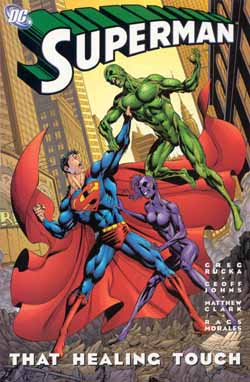 Â
 
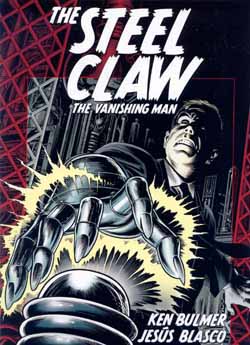 Â
 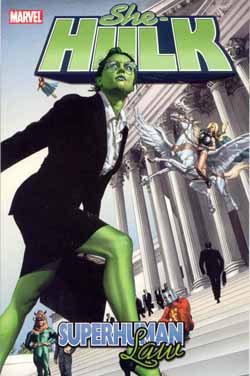 Â
 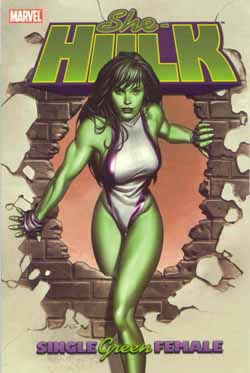 Â
 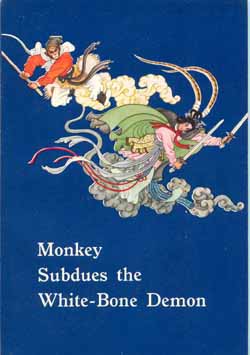 Â
 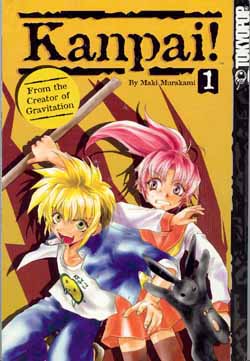
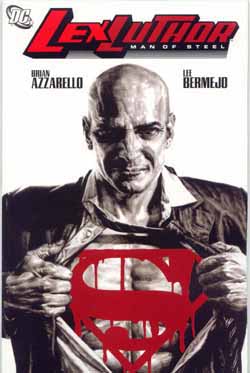 Â
 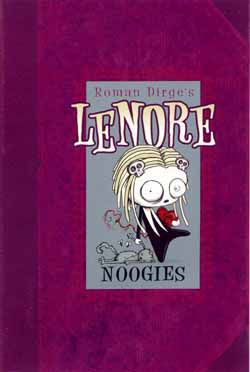 Â
 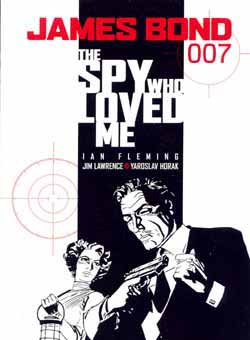 Â
Â